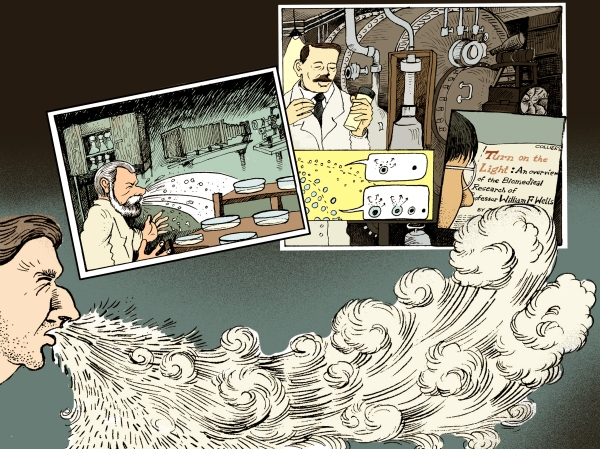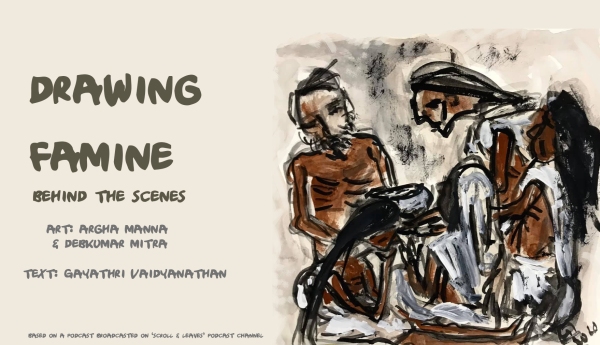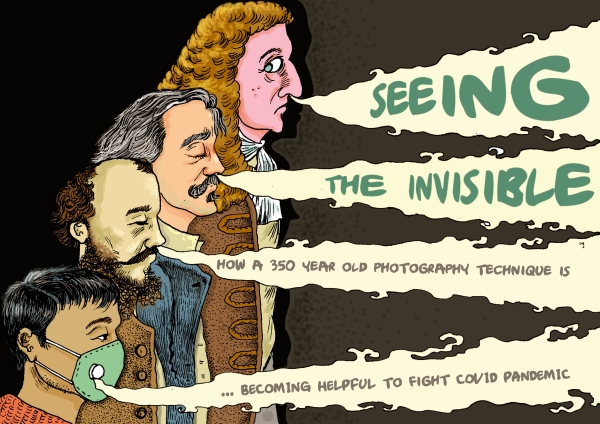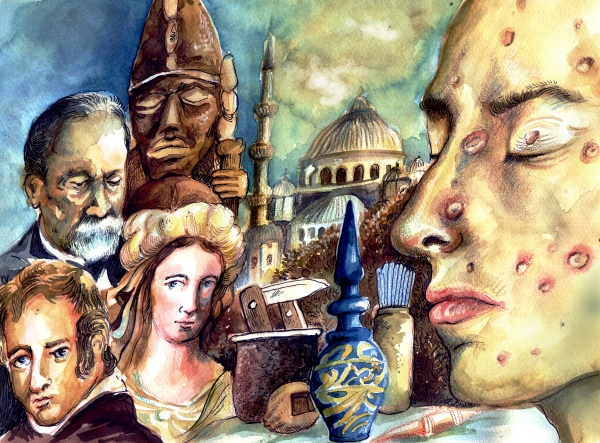From the late 19th century to the mid-20th century, the attitude of the scientific community towards the theory of airborne disease transmission has been victim to the pendulum swing of history around the large vs small droplets dichotomy, which remains at the core of the classification systems of routes of respiratory disease transmission adopted by... Continue Reading →
Inclusive History of Science Communication-A Lifeology Course
There is growing awareness about the role of science communication in diversifying and decolonising science. But what about the need for diversifying and decolonising our understanding of science communication itself, and its history? The practice, research and teaching of science communication today continues to be dominated by Eurocentric, Anglophone and heteronormative paradigms. There is an urgent need for decolonising our understanding of science communication by acknowledging, embracing and celebrating the wide diversity of knowledge sharing approaches employed by people across time, cultures and continents.
DRAWING FAMINE: Behind the scenes
A couple of months ago I discussed with Gayathri Vaidyanathan, from Scroll and Leaves about creating art during Covid-19, and the Great Bengal Famine.' In my free Chatroom Podcast we discussed 'making comics on the Bengal Famine, 1770 in collaboration with Debkumar Mitra (funded by the Famine Tales from India and Britain project) and other artworks, behind-the-process and inspirations.' Listen to the podcast here.This blog post is based on that podcast narrating behind the process of drawing the history of the Great Bengal Famine, 1770.
Seeing the Invisible: How a 350-year-old photography technique is helping to fight COVID
Various infectious agents like Coronavirus are known to be transmitted via respiratory aerosols produced by infected patients. Such aerosols may be produced during normal activities by breathing, talking, coughing and sneezing. To fight the COVID pandemic and to stop the transmission, knowledge of human respiration is very much necessary. Moreover, how devices like face-masks can control the travel of respiratory clouds? These information are also necessary to chalk out plans to restrict the pandemic.The schlieren photography technique,mostly applied in engineering and physics, can be effectively used here to visualize airflows around human subjects in different conditions, non-intrusively. Scientists are currently using schlieren Photography to understand COVID better. But this cutting edge technology was discovered almost 350 years ago.
It all started from IGNORANCE!
In 1989, Professor Charles Rosenberg published a seminal paper in the American Academy of Arts & Science journal—What is an Epidemic? AIDS in Historical Perspective. Prof. Rosenberg mentioned in the paper that epidemics and pandemics could be extraordinary sampling devices for Social Scientists and Historians. Structural analysis of such events can reveal some fundamental behaviours... Continue Reading →
Be Aware of Droplets and Bubbles!
Covid-19 appears to spread mostly through respiratory droplets. But what is a droplet and how can droplets spread diseases? Here is a short graphic essay to finding out the answers. Pathogenic respiratory droplets mostly created by spitting, sneezing and coughing in public. But what happens when someone spit? Here is the answer through visuals. All... Continue Reading →
A round of shots for everybody!-an illustrated essay (collaboration with ClubSciWri)
This essay in comics has been published in Club Sci Wri. The main article is written by Ananya Sen, edited by Pauravi Sindhe and Roopsha Sengupta. The illustrator is Arghya Manna (Drawing History of Science). One can find the main post here. Before the discovery of the vaccine and when the actual scientific reason behind the... Continue Reading →
Stories of Indian Women in Science (a collaborative project between Sci-Illustrate and Drawing History of Science) RAJESHWARI CHATERJEE
Rajeshwari Chatterjee (1922 – 2010). Known for her significant contributions to the field of #microwave & antennae engineering . Rajeshwari was born to an upper class Indian family which included her social activist grandmother, who started an accelerated school to promote women’s education. She attended this school, & encouraged by her grandmother, pursued higher education, completing her... Continue Reading →










